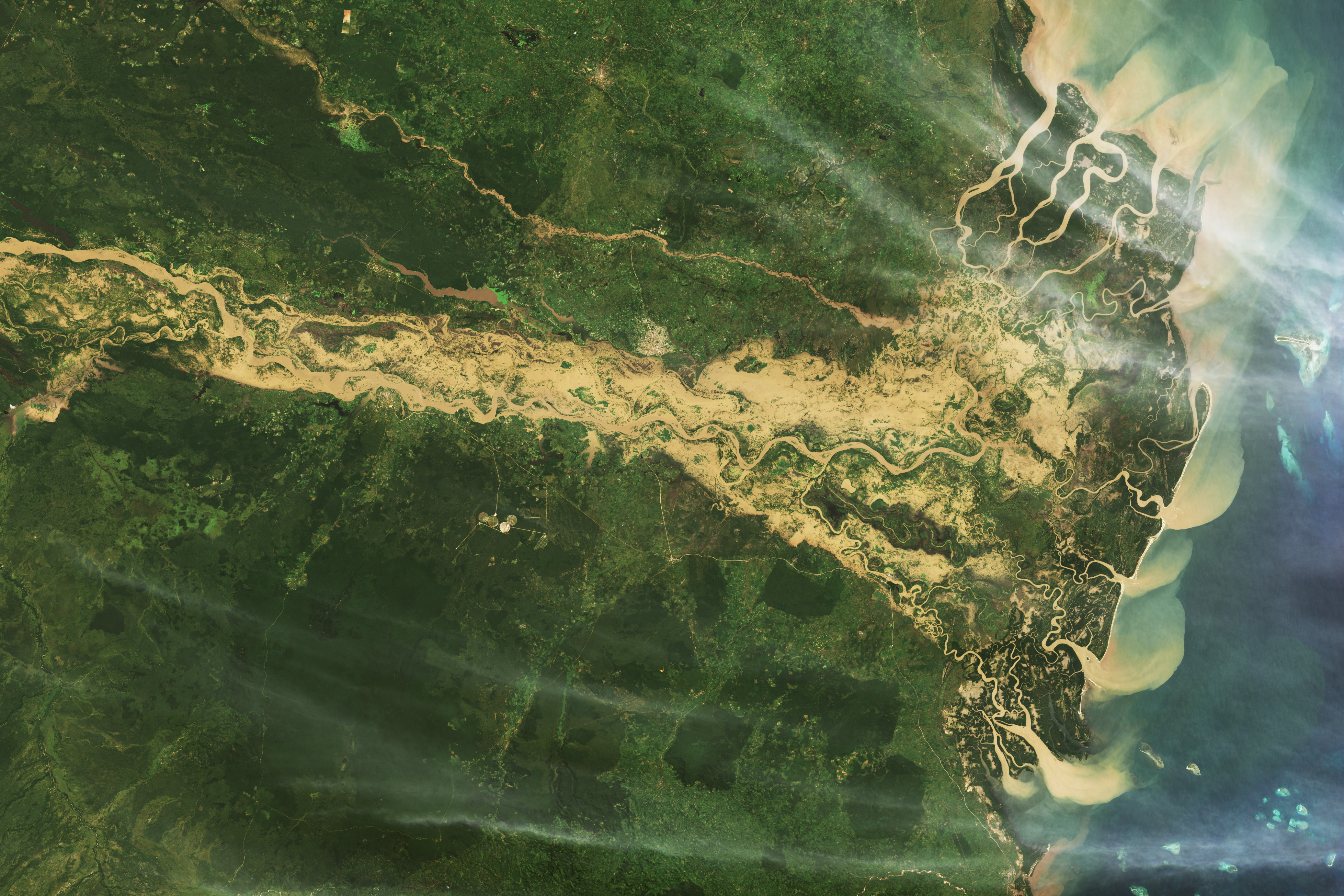NASA’s Lunar Atmosphere and Dust Environment Explorer (LADEE) mission has received the Popular Mechanics 2014 Breakthrough Award for innovation in science and technology. The 10th annual Breakthrough Awards recognize innovators, engineers and scientists responsible for changing our world.
The award acknowledges LADEE’s modular flexible construction and laser data transfer capability, which can send and receive data more than six times faster than the quickest space-based radio signals.
“We’re proud of the LADEE mission’s accomplishments and this recognition,” said S. Pete Worden, director of NASA’s Ames Research Center in Moffett Field, California, which designed, developed, built, integrated, tested and controlled the spacecraft. “LADEE may have been the first Ames-built spacecraft, but after the Kepler mission’s win in 2009 and the Lunar Crater Observation and Sensing Satellite (LCROSS) mission’s win in 2010, it’s the third Ames mission to be honored with this award.”
LADEE launched in September 2013, from the Mid-Atlantic Regional Spaceport at NASA’s Wallops Flight Facility on Wallops Island, Virginia. The car-sized lunar orbiter gathered detailed information on the structure and composition of our moon’s thin atmosphere and data to determine whether dust is being lofted into the lunar sky. A thorough understanding of these characteristics of our nearest celestial neighbor will help researchers understand other bodies in the solar system, such as large asteroids, Mercury, and the moons of outer planets.
The first Ames-built spacecraft enjoyed many other firsts throughout its mission. The occasion of its launch was the first flight of a converted U.S. Air Force Minotaur V rocket, an excess ballistic missile converted into a space launch vehicle and operated by Orbital Sciences Corp. of Dulles, Virginia. It also was the first launch beyond Earth orbit from the agency’s Virginia launch facility.
Hosted aboard LADEE for its ride to lunar orbit was the Lunar Laser Communication Demonstration (LLCD) terminal. From a distance of almost a quarter-of-a-million miles, LLCD demonstrated record-breaking upload and download speeds. The cooperative mission with a team from NASA’s Goddard Space Flight Center and MIT’s Lincoln Laboratory revealed the possibility of expanding broadband capabilities in future space communications development.
LADEE was built using an Ames-developed Modular Common Spacecraft Bus architecture — a general purpose spacecraft design that allows NASA to develop, assemble and test multiple spacecraft modules at the same time. The LADEE bus structure was a lightweight carbon composite weighing 547.2 pounds unfueled and 844.4 pounds when fully fueled.
“This mission put the innovative common bus design to the test and proved the spacecraft could perform well beyond our most conservative estimates,” said Butler Hine, LADEE project manager at Ames. “This same common bus can be used on future missions to explore other destinations, including voyages to orbit and land on the moon, low-Earth orbit, near-Earth objects and objects in deep space.”
The successful mission was concluded April 18 when ground controllers at Ames confirmed the spacecraft impacted the surface of the moon, as planned. LADEE was designed for a relatively short mission, as the science goals only required 100 days of data collection.
“From beginning to end, LADEE was a testament of unparalleled teamwork and unique innovation,” said Joan Salute, LADEE program executive at NASA Headquarters in Washington.” The mission established a new technology paradigm, opening a new chapter for spacecraft design and construction.”
NASA’s Science Mission Directorate in Washington funded the LADEE mission. Ames managed the overall mission. NASA’s Goddard Space Flight Center in Greenbelt, Maryland, managed the science instruments, technology demonstration payload and science operations center, and provided overall mission support. Wallops was responsible for launch vehicle integration, launch services and operations. NASA’s Marshall Space Flight Center in Huntsville, Alabama, managed LADEE within the Lunar Quest Program Office.
For more information about the LADEE mission, visit:
-end-
Dwayne Brown
Headquarters, Washington
202-358-1726
dwayne.c.brown@nasa.gov
Rachel Hoover
Ames Research Center, Moffett Field, Calif.
650-604-4789
Rachel.hoover@nasa.gov



























